An incorrect kitchen sink size can pose difficulties beyond just a pile of foul-looking dishes roaming over the counter. From causing physical health issues to generating extensive repair bills, the list goes on. Thus, allow us to save the day as we evaluate all the many aspects of the proper sink depth.
Kitchen sink depths commonly fall between the range of 7 inches to 12. However, the optimum range is 8-10 inches. Below or above this range may not necessarily be comfortable for all users. Cabinet size, domestic habits, and even your height can influence how much discomfort you experience.
Keep reading as we dissect the impact of each factor in determining the ideal sink depth. Also, find out the different kinds of sinks available to get only the latest trends for your kitchen sink!

How Deep Is Too Deep For A Kitchen Sink?
Up to 9 inches, most people in a house can effectively use the kitchen sink. While 10 inches has its benefits, members with relatively shorter heights may experience discomfort. Beyond this, it will be too deep for sinks unless you do not experience back strains or the kitchen has a significantly low platform.
If you have a big wash load or require frequent use of the sink, consider installing a double-bowl sink instead of expanding the depth.
Click here to see this double bowl sink on Amazon.
If you want a sink with adequate room, double-bowl sinks have provided all the benefits. It has the ideal depth for a sink with additional space for large loads of dishes.
What Is The Shallowest Kitchen Sink?
Sinks that fall below 8 inches of depth are called shallow. The shallowest of them depends on how little working space you can deal with. Such sinks of 7 inches of depth or less are relatively uncommon and are commonly for short people with less wash load.
How to Decide What Works?
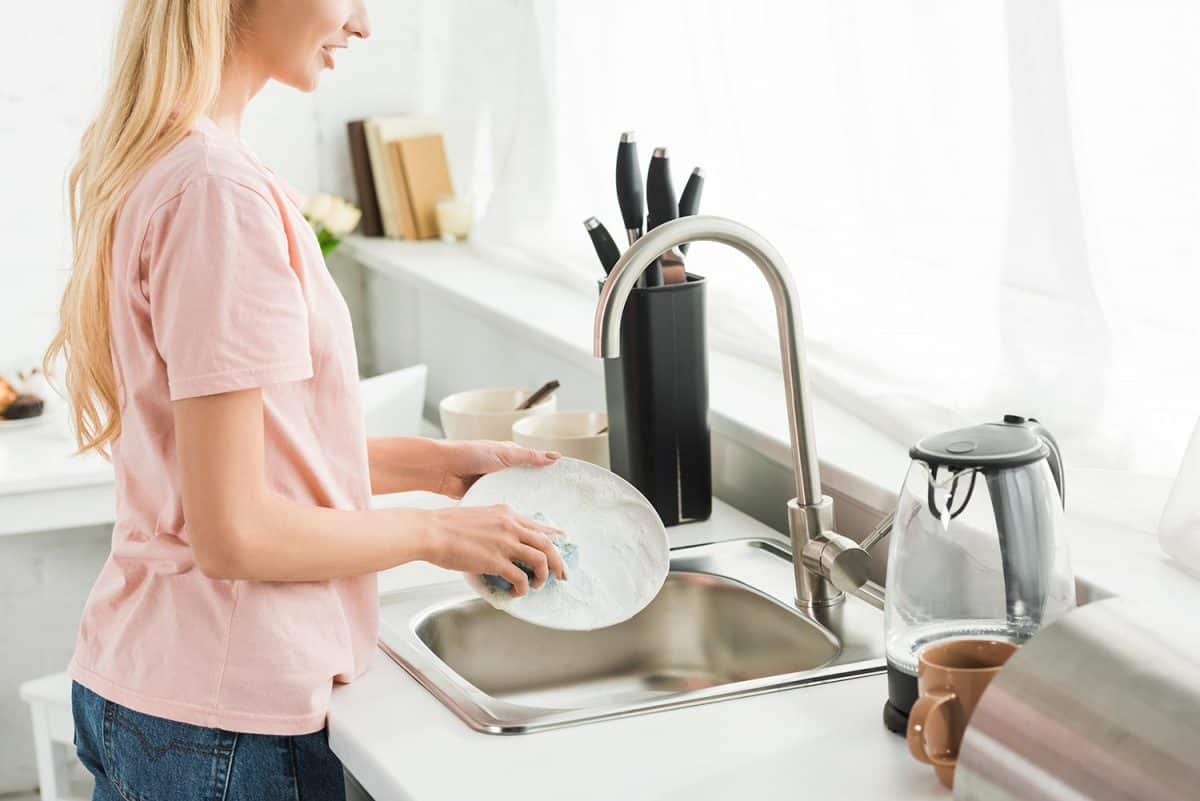
A lot of factors play a role in the sink depth for your kitchen sink. Yet, some of the most significant ones revolve more around you than any plumbing technicality. This includes how you eat, what you cook, your height, your habits, etc.
Domestic Habits
We often hear phrases like; the bigger the kitchen sink, the better. Thus, it could be that you are more inclined towards a deep sink due to some traditional stereotypes. To ensure making the right choice, allow yourself a moment to evaluate the usage of the sink. Ask questions to yourself including but not limited to:
- How big of a family are you?
- How often do you cook food at home?
- Do you do fancy meal preps or baking?
- Do you use the dishwasher?
- Do you like to do your dishes side by side or pile them up for later?
- Do you use kitchen sinks for laundry?
You would be surprised at just how easier the process becomes once you begin dissecting your domestic habits. For instance, if you often cook lengthy meals at home, you will have to wash the cutlery used in addition to the dishes. Similarly, if you use the sink for purposes like; washing clothes or bathing children, a greater area would work to your advantage.
Height
Your height decides whether you break the deal or your back. Imagine a tall person who is at least six feet or taller. Now, think of them kneeling to grab a spoon right at the bottom of the sink. It is a physically demanding job.
This situation can also become a problem for short people. While you may adjust the sink height at par with yours, reaching down can still be a struggle.
People with a medical history of back strain should also avoid getting sinks that are too deep. Thus, considering the ergonomic safety of your sink concerning your body is just as important as any.
Base Cabinets
If the sink will be part of a predesigned kitchen, the size depends on that of the base cabinet. The cabinet is your sole anchor to the floor for countertops, sinks, and other accessories. Thus, it comes down to how deep of a sink it can accommodate.
Standard base cabinets measure up to 24 inches of depth, including the frame. In that case, your sink depth must not be above 21-22 inches at most. Similarly, you may fit in a 30-inch sink in a 33-inch cabinet, and so on. Should you attempt combining two mid-sized components, you will compromise the quality of both. There will be damages and a greater need for repairs.
On the contrary, if you do not already have a cabinet installed, you’re in luck. This way, the roles switch, and the size of the cabinet will depend on your choice of sink depth.
Can You Use A Utility Sink As A Kitchen Sink?
As per the IRC 2009, the maximum d.f.u for a kitchen sink is 2. This means that it must have at least 1 ½ inches of outlet for proper drainage. Most utility sinks fall below that line with a one and ¼-inch pipe. Thus, they are inept in handling the pressure and incoming water load.
However, if you can fetch a model equipped with appropriate features, you may use it for the kitchen. Many newer versions are double-duty structures specially designed for serving both purposes.
Click here to see this utility sink on Amazon.
The drain above is one example of a sink that can work well in a kitchen. With two drainboards and stainless steel construction, the sink originally serves the purpose of washing dishes. Yet, it is equally practical as a utility sink owing to its spacious and raised structure.
How Deep Are Apron or Farmhouse sinks?
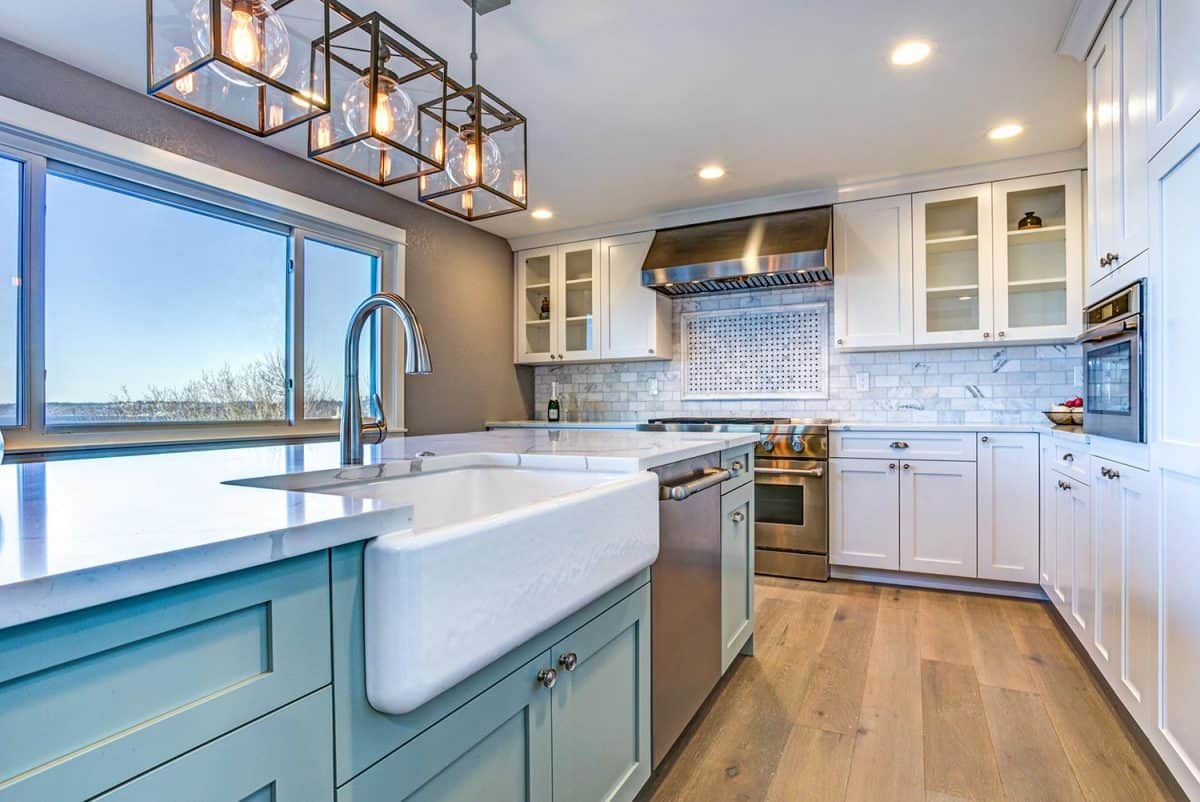
The use of farmhouse sinks dates back to the 1990s. Since then, many variations of the design have come forth. Today, farmhouse sinks are available from 20 inches in length to even 60 inches and more. They come without extra cabinetry, making each model at least 9-10 inches deep.
Apron sinks are much like farmhouse sinks in terms of usage, practicality, and history. They are just more independent with their handling, with no front or cabinet at all. 9-10-inch depth is standard for apron sinks, and this may extend further depending upon the frequency and kind of use for the sink.
What Is An ADA-Compliant Kitchen Sink?
The American Disability Act (ADA) is a law whereby all discrimination based upon disability is forbidden. The act provides a set standard for sink measurements for disabled residents in lavatories and kitchens.
An ADA-compliant sink is installed at most 34 inches above the floor. For adjustable sinks, this value can be extended to 36 inches or reduced to 29 inches.
Since the counter surface thickness can not exceed 34 inches, the sink depth must only be between 5-5 ½ inches. The purpose is to make sure there is sufficient space for wheelchair movement below the sink. It should not be too little lest the sink falls beyond the reach of the person.
What Is The Latest Trend In Kitchen Sinks?
The latest trend in kitchen sinks is to utilize maximum sink space and save the mess from the countertops. For this purpose, people often like to opt for greater sink depths or choose double-bowl sink structures.
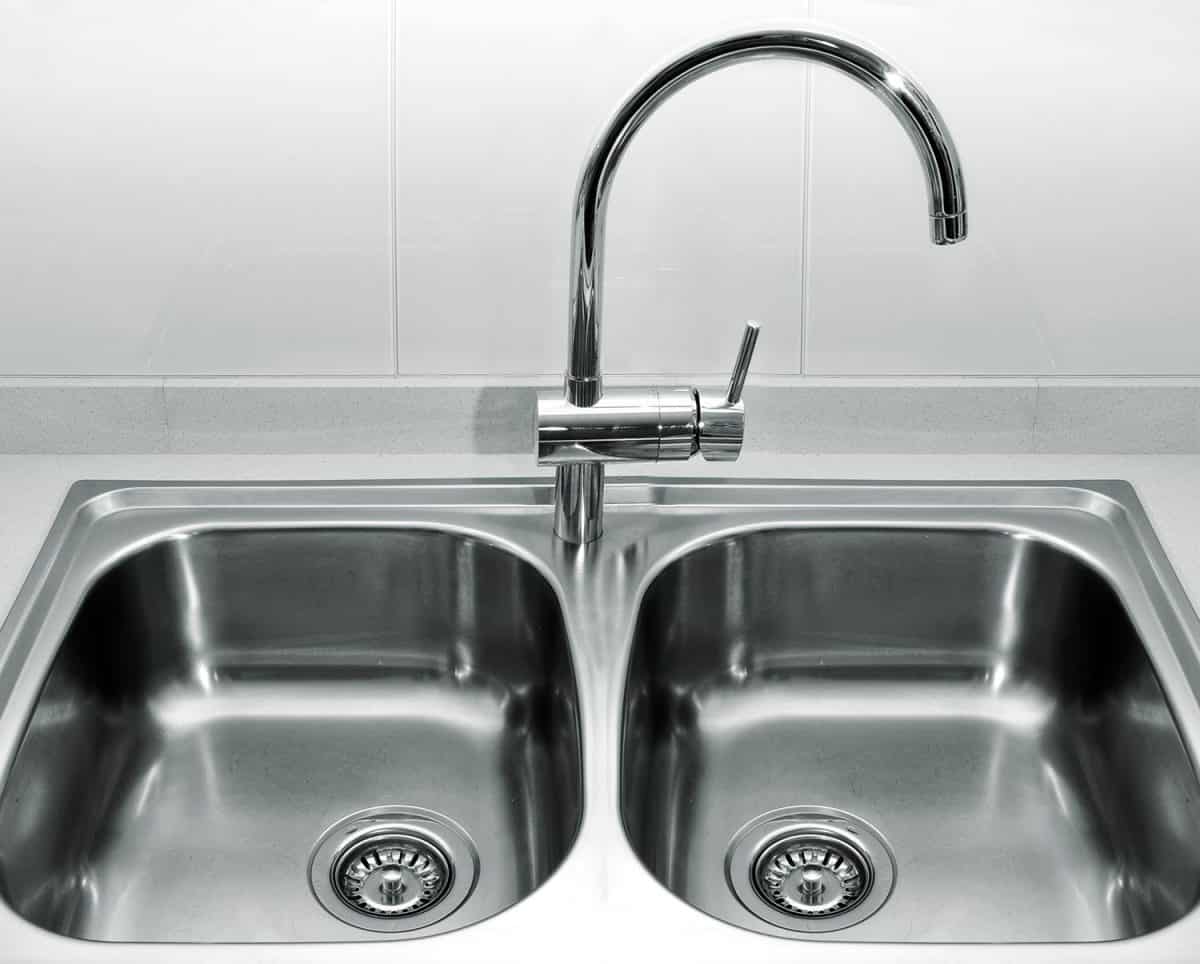
Additionally, many more innovative designs have also come forth including, the farmhouse sinks or apron sinks. With maximum surface area and ease of use, they are a common trend within large families.
Workstation sinks are also an unconventional approach to traditional sinks. They come with an integrated ledge to directly use the sink for meal prep as well as cleaning. This saves up space, time and allows for greater efficiency.
Click here to see this sink on Amazon.
Final Takeaway
Do not let an improperly sized kitchen sink stand in the way of you and a clean and healthy kitchen environment. We hope you could clear your mind on choosing the correct kitchen sink depth. Good luck with choosing your sink!
Before you go, do you have other kitchen concerns? Do you want to make cabinets under the sink waterproof? If you are interested, check out our post here.
Do you need storage ideas for the unutilized space under a sink? We can also help. For more information, check out our post here. Until next time!




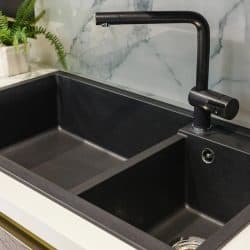

![Unknown man wearing fancy apron with arms crossed, 13 Novelty Aprons For Men [Gift Ideas]](https://kitchenseer.com/wp-content/uploads/2020/05/Unknown-man-wearing-fancy-apron-with-arms-crossed-250x250.jpg)
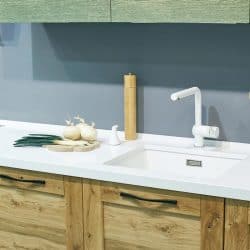
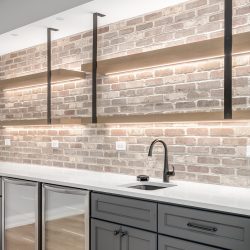
![A marble kitchen with a modern steel sink, How Wide Is A Kitchen Sink? [Single And Double]](https://kitchenseer.com/wp-content/uploads/2022/04/A-marble-kitchen-with-a-modern-steel-sink-250x250.jpg)